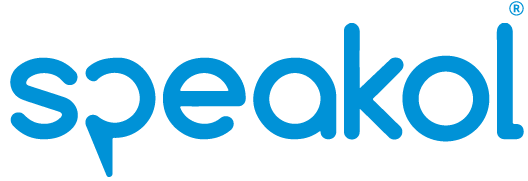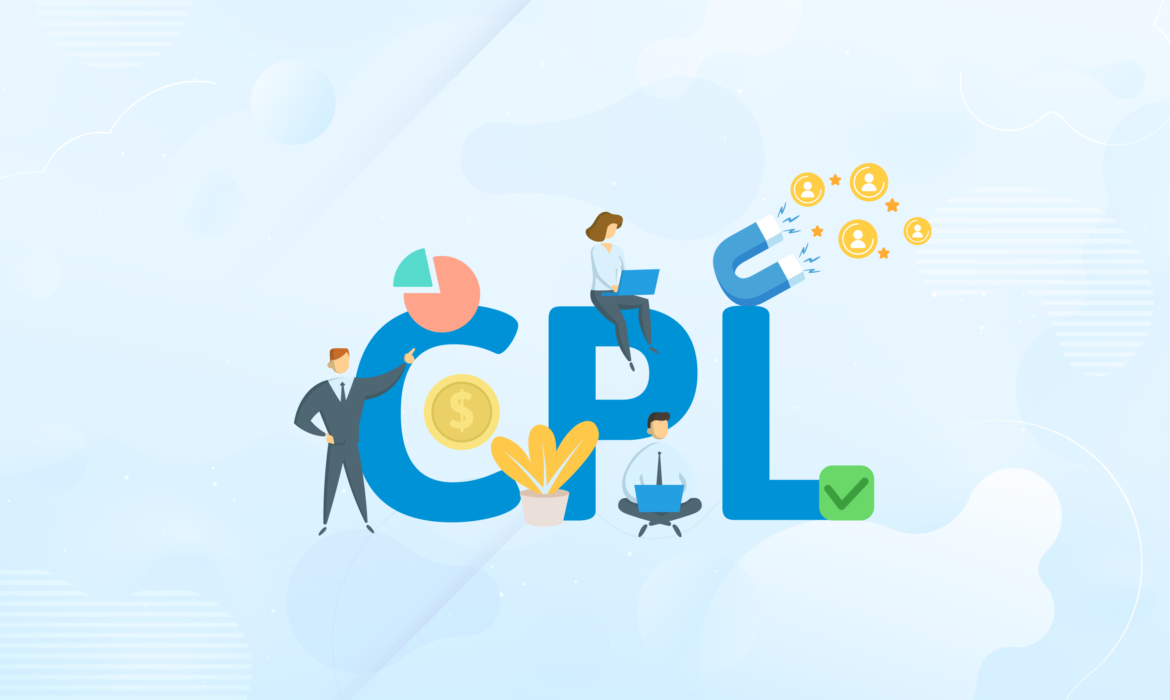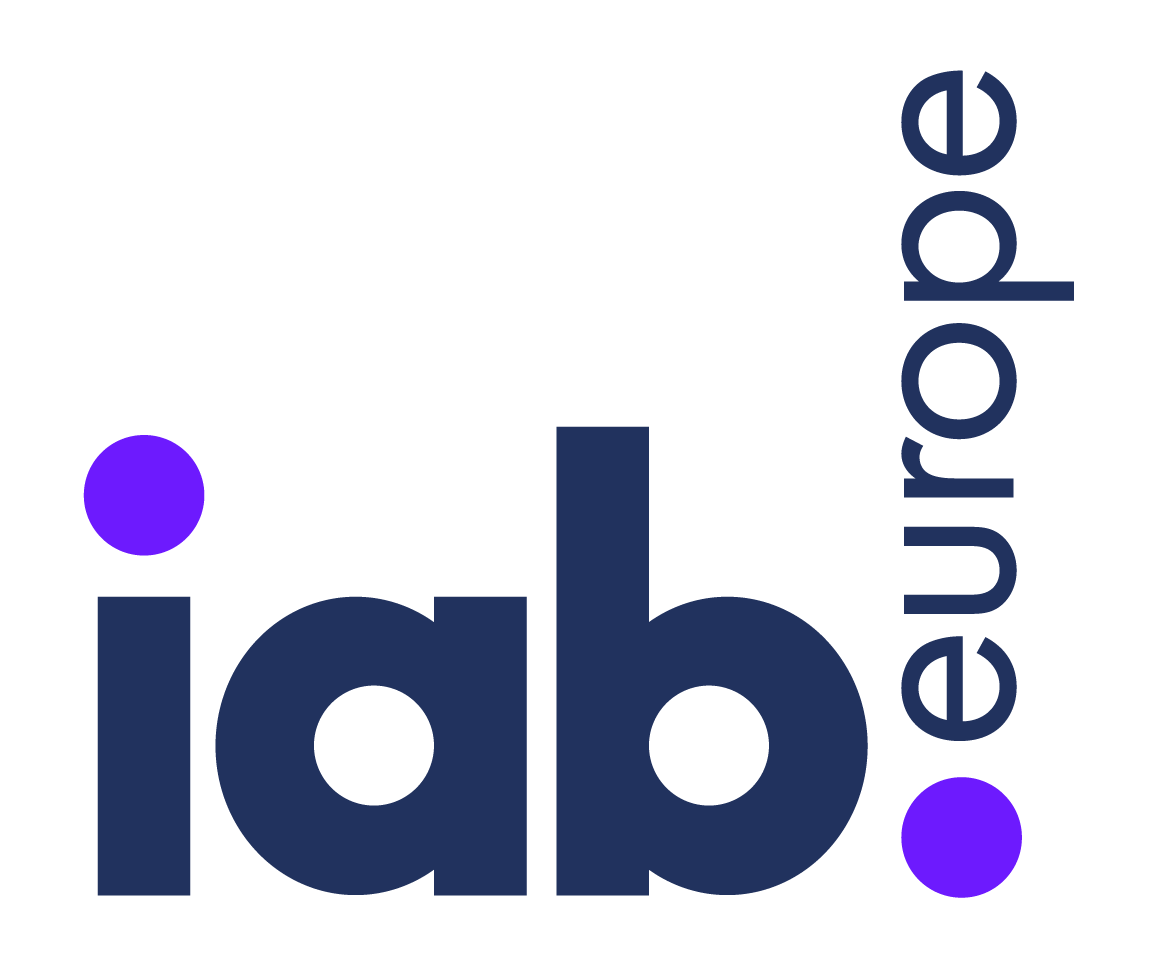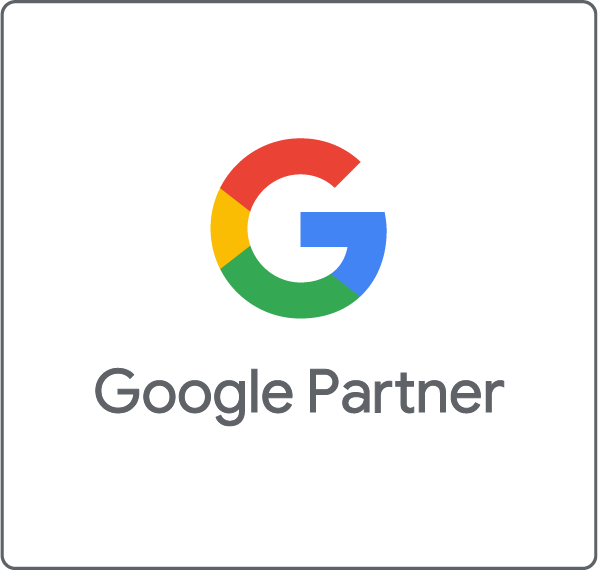التكلفة لكل عميل محتمل

بمجرد اتخاذ المستخدم الإجراء المطلوب على صفحة الهبوط الخاصة بك، فهذا يعني حدوث تحويل. أي تحويل مستخدم أو عميل محتمل إلى عميل.
قد يكون هذا العميل اشترى منتجًا، أو اشترك في خدمة معينة، أو قرأ عددًا معينًا من الصفحات، أو سجّل بريده الإلكتروني، أو اتخذ أي إجراء تعتبره أنت، بصفتك مالكًا تجاريًا، ذا قيمة لعملك ويساهم في تحقيق الأهداف التسويقية الخاصة بك.
التكلفة لكل عميل محتمل (CPL) هو المبلغ الذي تدفعه في كل مرة يتم فيها اتخاذ إجراء على صفحة الهبوط الخاصة بك.
حدد هدف CPL الخاص بك وراقبه:
التكلفة لكل عميل محتمل الخاص بك هو رقم مهم يجب مراقبته، لأنه يوضح القيمة التي تضيفها النقرات إلى عملك. لذلك، يجب المقارنة باستمرار بين CPL الحالي و CPL الذي تريده (وهي التكلفة المثلي لكل عميل محتمل).
إذا كانت التكلفة لكل عميل محتمل مرتفعة للغاية، وكانت تكلفة كل إجراء باهظة الثمن، فأنت بحاجة إلى تحسين التكلفة لكل عميل محتمل وتقليله.
من ناحية أخرى، إذا كان CPL الخاص بك منخفضًا جدًا ووجدت أنه بإمكانك دفع المزيد مقابل عميل متوقع، فنحن نشجعك على زيادة CPL لمنح علامتك التجارية فرصة أكبر للتألق وكسب المزيد من النقرات القيمة.
لإدارة CPL الخاصة بك، نوصيك بإضافة رمز تتبع التحويل الخاص بسبيكول على موقع الويب الخاص بك.
كيف تحسب CPL الخاص بك؟
ما يؤثر بشكل كبير على تكلفة التحويل (CPL) هو تكلفة النقرة (CPC) ومعدل التحويل.
التكلفة مقابل كل نقرة (CPC) هي المبلغ الذي تدفعه في كل مرة ينقر فيها المستخدم على أحد إعلانات حملتك.
بينما معدل التحويل الخاص بك هو معدل تكرار قيام المستخدمين الذين ينقرون على إعلانات حملتك بالذهاب إلى أحدها ليصبحوا عملاء فعليين يدفعون أو يتخذون إجراءً على صفحات الهبوط الخاصة بك.
باستثناء جميع العوامل الأخرى، فبمجرد زيادة تكلفة النقرة، ستزداد تكلفة لكل عميل محتمل، وبمجرد انخفاض التكلفة لكل نقرة (CPC) ، ستنخفض تكلفة لكل عميل محتمل (CPL).
وبنفس الطريقة، إذا زاد معدل التحويل الخاص بك، فسوف تنخفض التكلفة لكل عميل محتمل، وإذا انخفض معدل التحويل الخاص بك، فسوف تزداد التكلفة لكل عميل محتمل.
يمكنك حساب CPL الخاص بك عن طريق قسمة المبلغ الإجمالي للمال الذي تم إنفاقه على عدد العملاء المتوقعين.
على سبيل المثال ، إذا أنفقت 1000 دولار، وحصلت على 20 تحويلاً، فإن تكلفة التحويل (CPL) الخاصة بك هي 50 دولارًا.
What is Cost Per Lead (CPL)?

Once a user takes a desired action on your landing page, conversion occurs. A user or potential customer converts into a customer. This customer may have purchased a product, signed up for a particular service, read a certain number of pages, signed up his email, or taken any action that you, as a business owner, deem valuable to your business and contribute to realizing your marketing targets.
The Cost Per Lead (CPL) is the amount you pay each time an action occurs on your landing page.
Set up and Monitor Your CPL Goal:
Your CPL is a significant number to monitor, for it demonstrates the value clicks are adding to your business. Therefore, you should continuously compare your current CPL and your desired CPL ( the optimal cost per lead).
If your CPL is too high and the cost of each action is too expensive, you need to optimize and reduce your CPL. On the other hand, if your CPL is too low and you find you can afford to pay more for a lead, we encourage you to raise your CPL to give your brand more opportunities to shine and win over more valuable clicks.
To manage your CPL, we recommend that you implement the Speakol conversion tracking code on your website.
How to Calculate your CPL?
What significantly affects your CPL is both the cost per click (CPC) and conversion rate. Your CPC is the amount you pay every time a user actively clicks on one of your campaign ads. Your conversion rate is the frequency by which users who actively click on your campaign ads go one to become actual paying customers or take action on your landing pages.
Excluding all other factors, once your CPC increases, so will your CPL; once your CPC decreases, so will your CPL. In the same manner, if your conversion rate increases, your CPL will decrease, and if your conversion rate decreases, your CPL will increase.
You can calculate your CPL by dividing the total amount of money spent by the number of leads. For instance, if you spend $1000 and you get 20 conversions, your CPL is $50.





